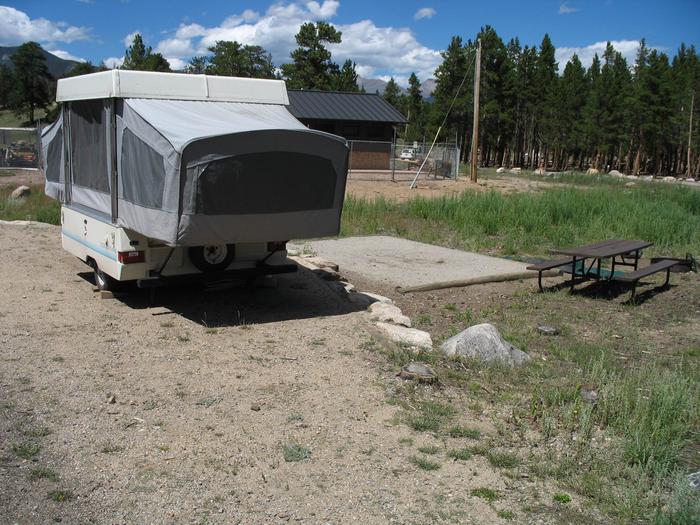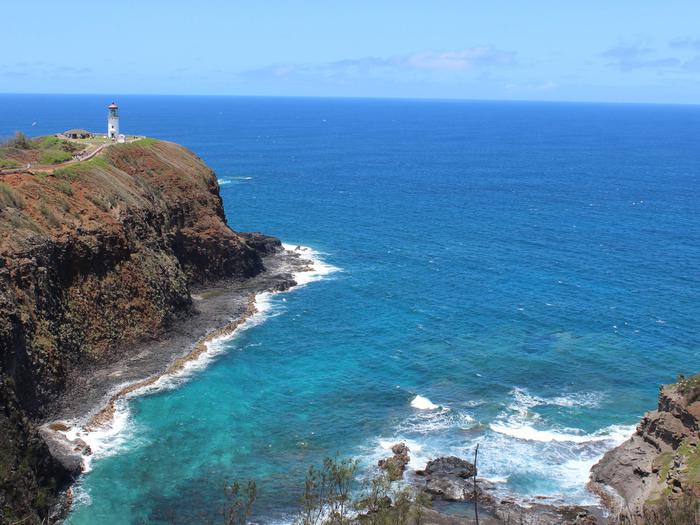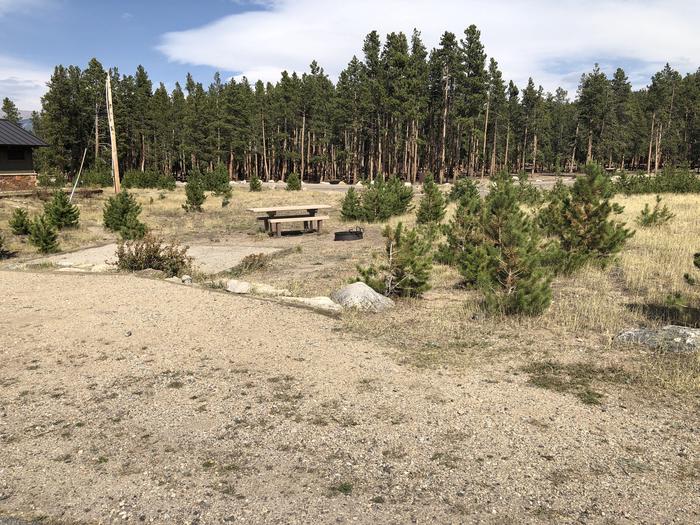Kilauea Point National Wildlife Refuge

Kilauea Point National Wildlife Refuge's rocky cliffs provide premier nesting and roosting habitat for seven native Hawaiian seabirds. It is one of the most important seabird nesting sites in the inhabited Hawaiian Islands. Reintroduction of the endangered nene (Hawaiian goose) began on the refuge in 1991 as part of a statewide recovery program. Predator control and a predator proof fence line around the perimeter of the refuge are necessary to protect breeding seabirds and nene. Native plant restoration has been ongoing since the refuge was established in 1985. Habitat management also includes opening and maintaining nesting areas for the recently colonizing Laysan albatross and improving feeding habitat for nene.



RecAreaDirections
Turn off the Kuhio Highway at the entrance to the town of Kilauea and follow the signs to Kilauea Lighthouse. The refuge is at the end of Lighthouse Road.
Open with Google MapMisc
| Stay Limit | |
| Reservable | false |
| Keywords | |
| Map Link | |
| Contact Phone | |
| Contact Email |
Permits info
Facilities
Kilauea Point National Wildlife Refuge Ticketed Entry Ticket Facility
Kīlauea Point National Wildlife Refuge is located on the northern-most point in the main Hawaiian Islands on a portion of the former Kīlauea volcanic vent and includes spectacular views from a 568-foot ocean bluff. The Refuge is one of the best places on the main Hawaiian Islands to view some of the largest populations of nesting seabirds found in Hawai‘i. Visitors also have a chance to view humpback whales as early as October through April, spinner dolphins, Hawaiian monk seals, green sea turtles, native Hawaiian coastal plants and Hawai‘i’s state bird - the nēnē or Hawaiian goose. The refuge is also home to the Daniel K. Inouye Kīlauea Point Lighthouse, which has a rare intact Fresnel lens, is a part of the Kīlauea Point Light Station listed on the National Register of Historic Places and has been part of a rich history since it was built in 1913, including playing a key role in the first trans-Pacific flight from the West Coast to Hawai‘i.
Visiting hours are Thursday through Saturday, 10 a.m. to 4 p.m. We are closed Sunday through Wednesday and on most major Federal holidays; however, the overlook at the end of Kilauea Road is always accessible to view Kīlauea Point and the lighthouse from a distance. The winter months of January through April are the refuge’s busiest season and peak visitation demand generally occurs in the morning. Please give yourself at least 30 minutes to enjoy your time at the Refuge. Visit us at www.fws.gov/kilaueapoint for more information.
Kilauea Point NWR has implemented a timed entry reservation system in order to meet the CDC, state and local guidance related to COVID-19 and to better manage high visitation demand and limited parking availability.
Each person entering the refuge will need a timed reservation ticket for each day they plan to be at the refuge. Visitors age 16 and older will require a ticket. You may reserve up to 15 tickets per reservation.
The timed reservation ticket includes entrance fee, unless you have an annual or lifetime pass, which would cover your entrance fee. Valid entrance passes accepted are: Kamaʻāina, Duck Stamp, Interagency Annual Pass, Interagency Senior Pass, Interagency Access Pass, Interagency Volunteer Pass, Interagency Military Pass, Interagency 4th Grade Pass. Passholders will be required to pay the $1.00 reservation fee per ticket.
Booking Window(s)
• Timed reservation tickets will be available for advanced reservations beginning July 9th at 7 a.m HST for a rolling 60 days in advance of the tour date. Example: On July 9th, tickets will be available through September 7th. Reservations may be made online up until the designated time of entry, as availability allows.

 CuteCamper
CuteCamper
